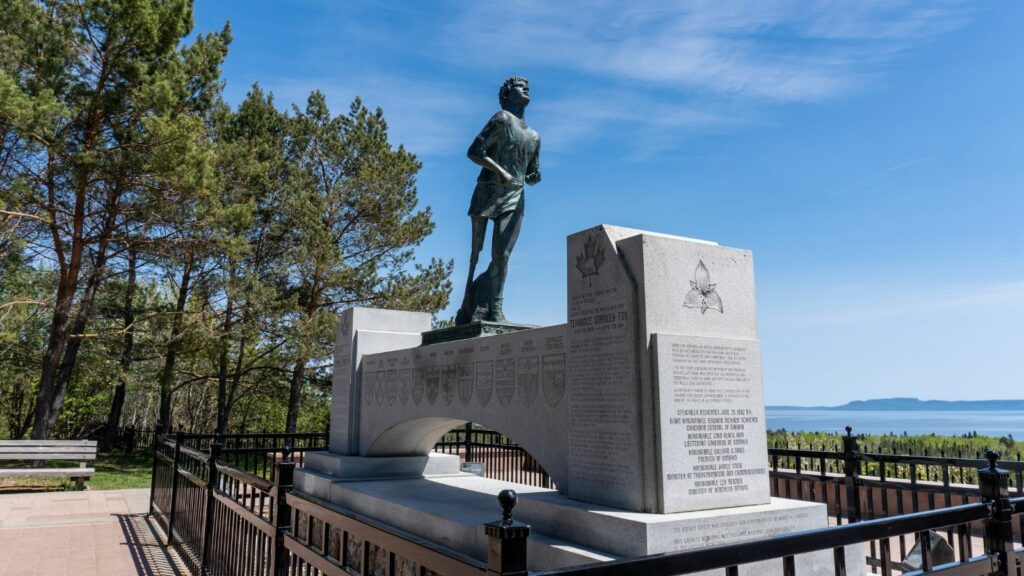Over the decades, Canada has surprised, stunned, and occasionally humbled the United States with achievements that were bold, unexpected, or simply too impressive to ignore. From global peacekeeping innovations to space breakthroughs and cultural milestones, these events defined Canada’s quiet confidence on the world stage. Here are 21 Canadian moments that left America speechless.
Terry Fox’s Marathon of Hope

In 1980, a 22-year-old cancer survivor named Terry Fox began running across the country with one leg and a prosthetic limb to raise money for cancer research. His determination captured not just Canadian hearts but stunned the world. The idea of running a marathon a day through unpredictable terrain while battling pain was unimaginable. Americans were left in awe when the story reached U.S. media, highlighting the sheer human will behind his mission. Though he stopped after 143 days due to cancer’s return, his courage turned into an international legacy, inspiring annual runs and millions in donations worldwide.
Lester B. Pearson Invents Peacekeeping
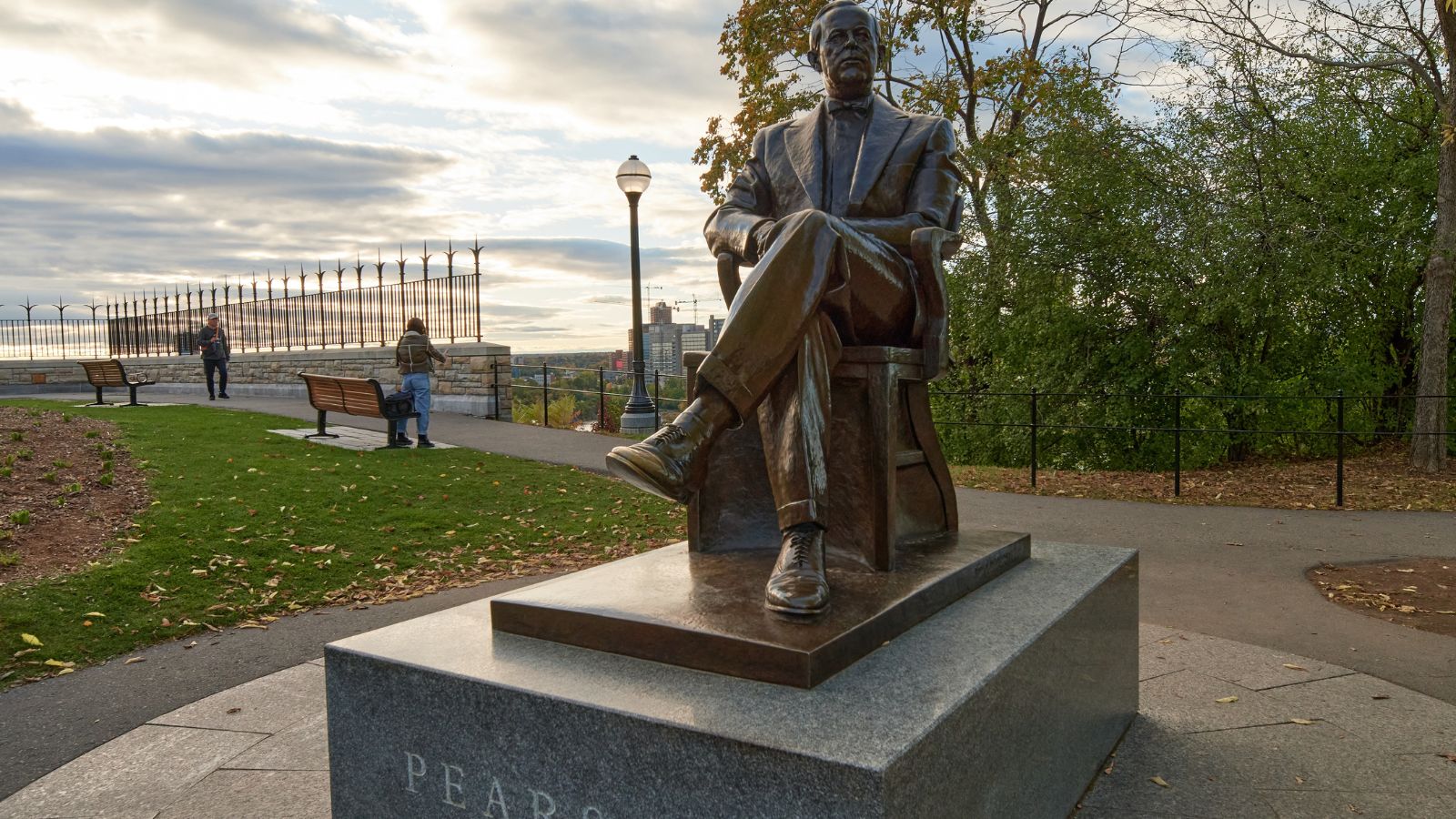
During the 1956 Suez Crisis, while global powers were on the brink of war, Canadian diplomat Lester B. Pearson proposed a new concept: international peacekeeping. His idea led to the creation of the United Nations Emergency Force, a neutral group to de-escalate conflicts. This move stunned Washington, which was struggling to contain Cold War tensions. Pearson’s diplomacy won him the Nobel Peace Prize, cementing Canada’s reputation as the voice of reason in turbulent times. America, often seen as the enforcer, couldn’t help but admire the ingenuity of a middle power reshaping global conflict resolution.
The 1972 Summit Series Victory

The 1972 hockey showdown between Canada and the Soviet Union wasn’t just a sports event, it was a cultural face-off in the Cold War era. When Canada clinched victory in the final seconds, it sent shockwaves across North America. Americans, already enamored with hockey’s intensity, watched their northern neighbors dominate a political and athletic symbol of East vs. West rivalry. The passion, grit, and unity displayed by Canadian players left even U.S. sports commentators speechless. It wasn’t just a win on the ice; it was a statement about heart, resilience, and a national identity built around teamwork.
The Invention of Insulin

In 1921, Frederick Banting and Charles Best discovered insulin at the University of Toronto, forever changing the treatment of diabetes. Before this breakthrough, a diabetes diagnosis was a death sentence. The medical world, and especially the United States, was astonished at how two Canadian researchers accomplished what decades of American scientists had failed to do. Banting’s decision to sell the patent for just one dollar so everyone could access treatment shocked U.S. pharmaceutical leaders used to high profits. It was a moment that highlighted both Canadian brilliance and moral conviction, setting a humanitarian standard in medicine.
The Maple Leaf Flag’s Global Debut
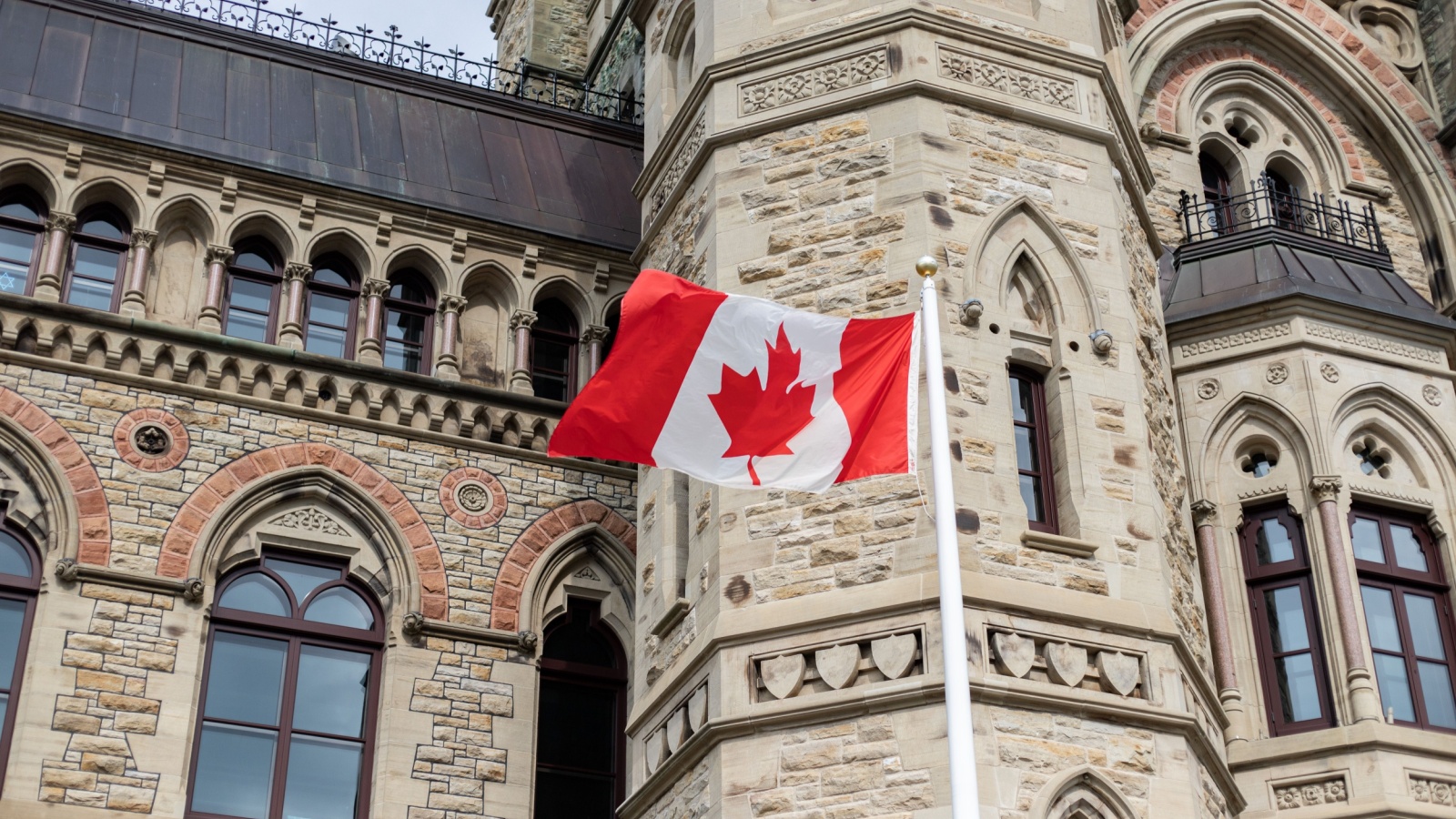
When Canada officially unveiled its red and white maple leaf flag in 1965, the world took notice. Americans were surprised at how quickly the simple design became an international symbol of pride and unity. While the U.S. flag had centuries of history, Canada managed to create a globally recognized emblem almost overnight. Its bold, clean design and the pride it inspired stood out at global events like the Olympics and World Fairs. For a relatively young nation, this was a defining moment that made even America’s designers and diplomats take note of Canadian identity done right.
Chris Hadfield Singing from Space
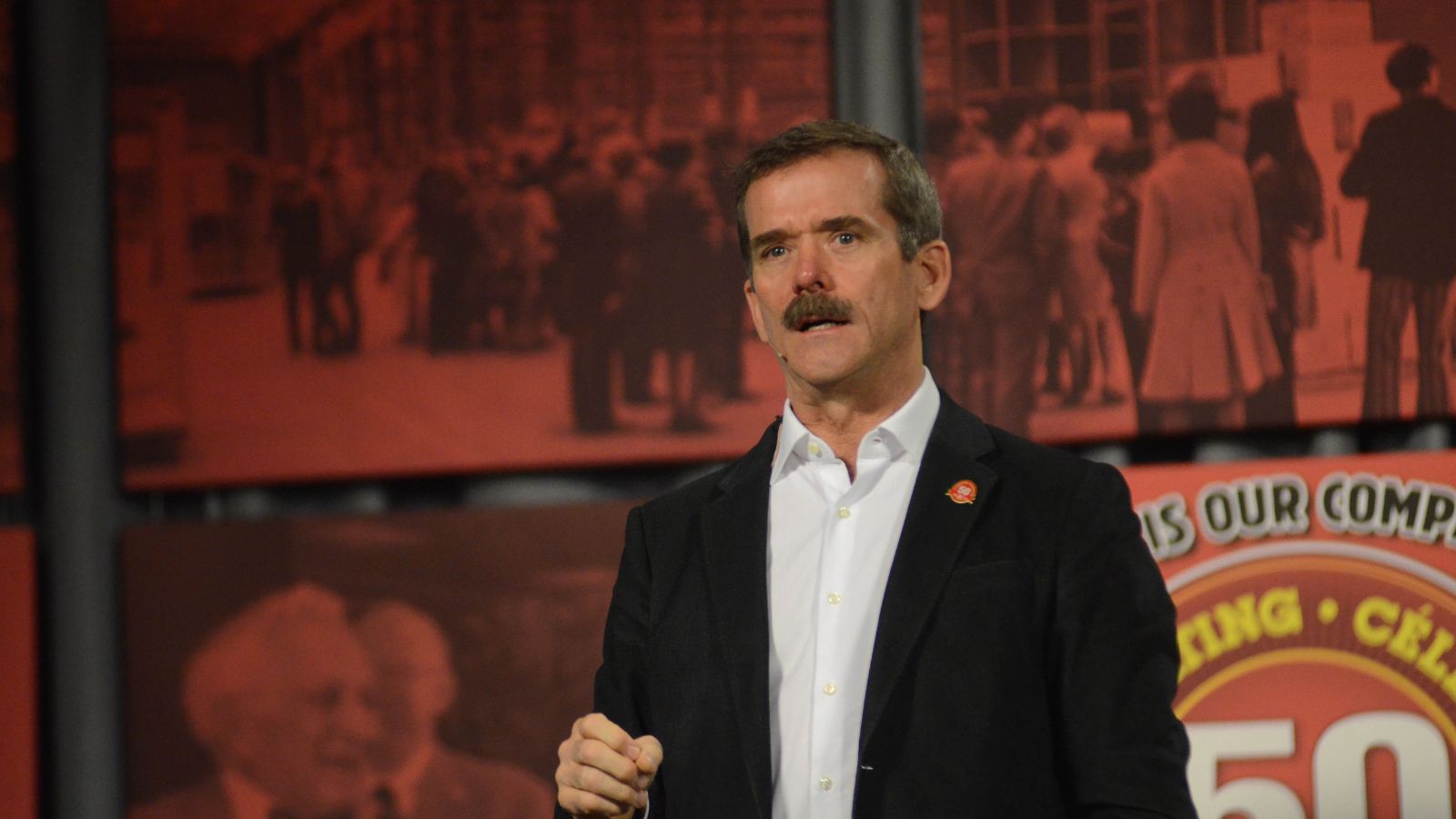
When astronaut Chris Hadfield picked up a guitar aboard the International Space Station in 2013 and performed David Bowie’s “Space Oddity,” millions tuned in—including countless Americans. The sight of a mustachioed Canadian calmly strumming while floating in zero gravity felt surreal. His social media presence, charm, and humanity redefined what it meant to be an astronaut. The U.S., used to space missions being strictly serious, was stunned by the creativity. Hadfield turned space exploration into art, blending science and culture so smoothly that even NASA officials praised his ability to inspire a global audience.
Trudeau’s 2015 Gender-Balanced Cabinet
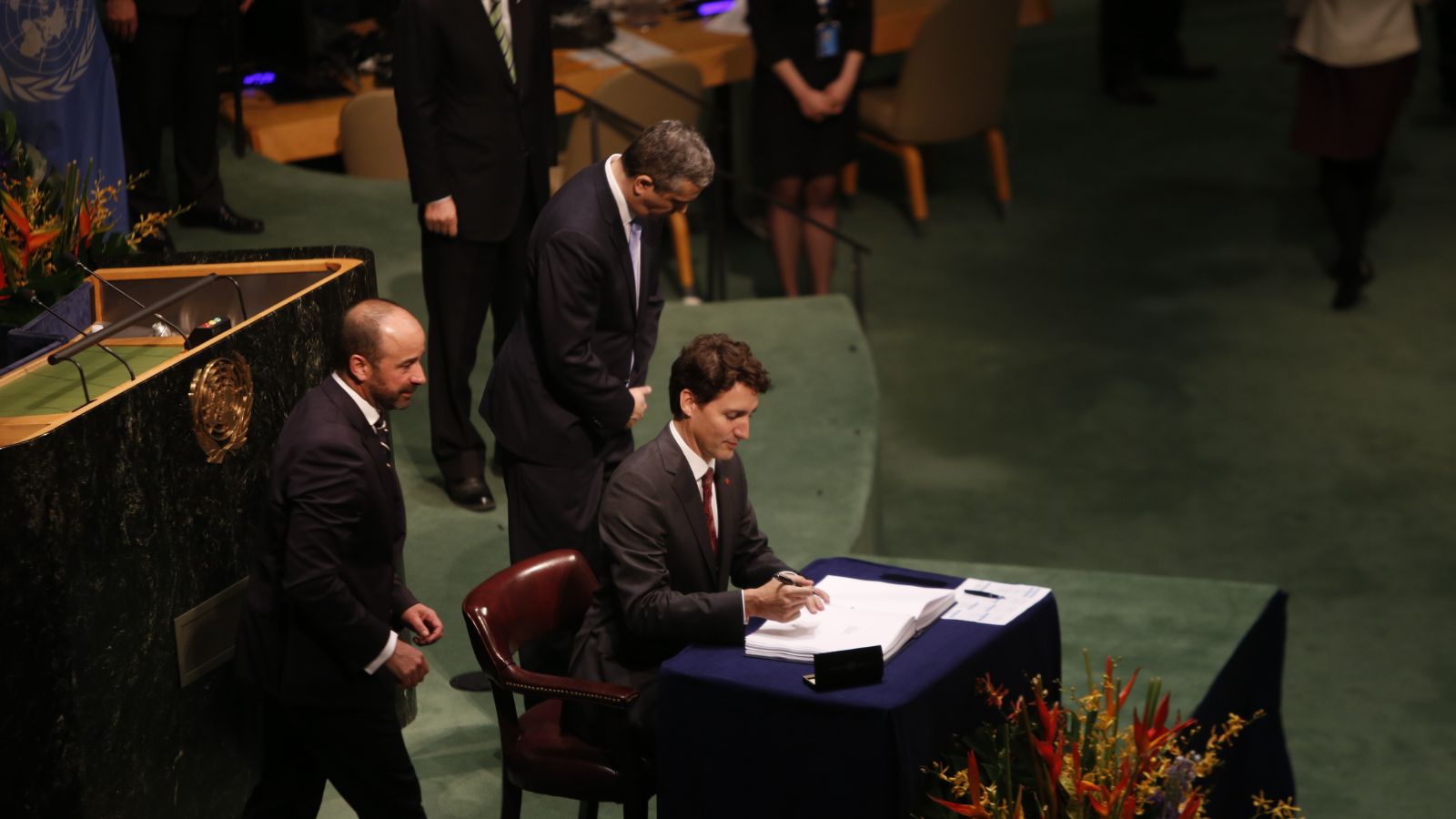
When Justin Trudeau announced his first cabinet in 2015, half the ministers were women. Asked why, he replied, “Because it’s 2015.” That simple line echoed across borders, leaving American politicians and media stunned. While the U.S. still struggled with gender representation in leadership, Canada casually implemented equality at the top level of government. The move was widely discussed in American news outlets as both bold and overdue. It positioned Canada as a model of modern governance and left many wondering why one of the world’s most progressive nations hadn’t thought of it first.
Legalization of Same-Sex Marriage (2005)
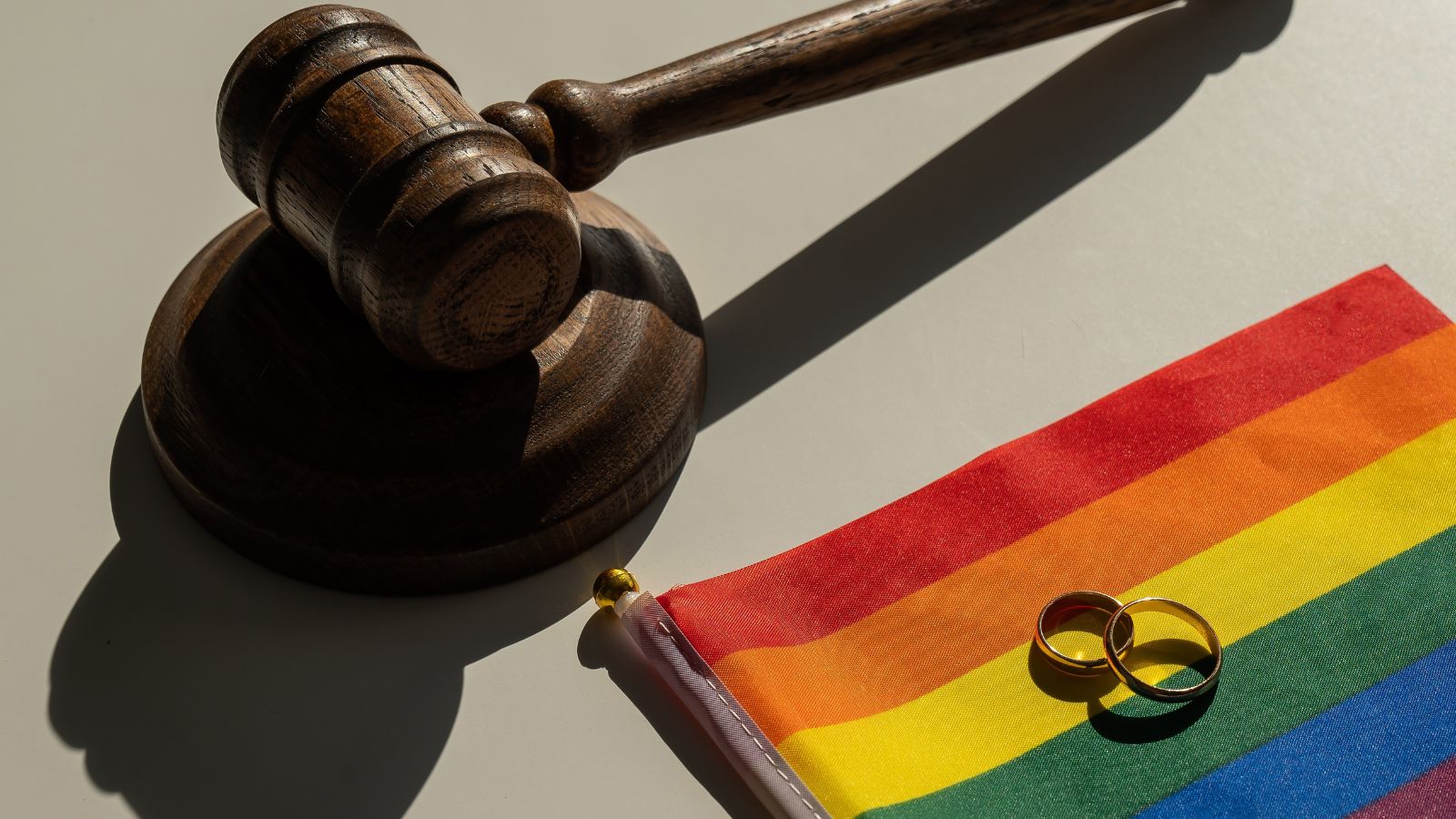
Canada legalized same-sex marriage nationwide in 2005, ten years before the United States did. When the news broke, many Americans were surprised by how decisively and calmly it happened north of the border. There were no massive protests or constitutional crises; it simply became law. The contrast to America’s drawn-out legal battle was stark. Canada’s quiet efficiency in granting equality inspired advocacy groups in the U.S. and showed the world that progress could come through reason and respect rather than polarization. It was a rare instance of political unity that left its neighbor both impressed and reflective.
The Vancouver 2010 Olympic Triumph
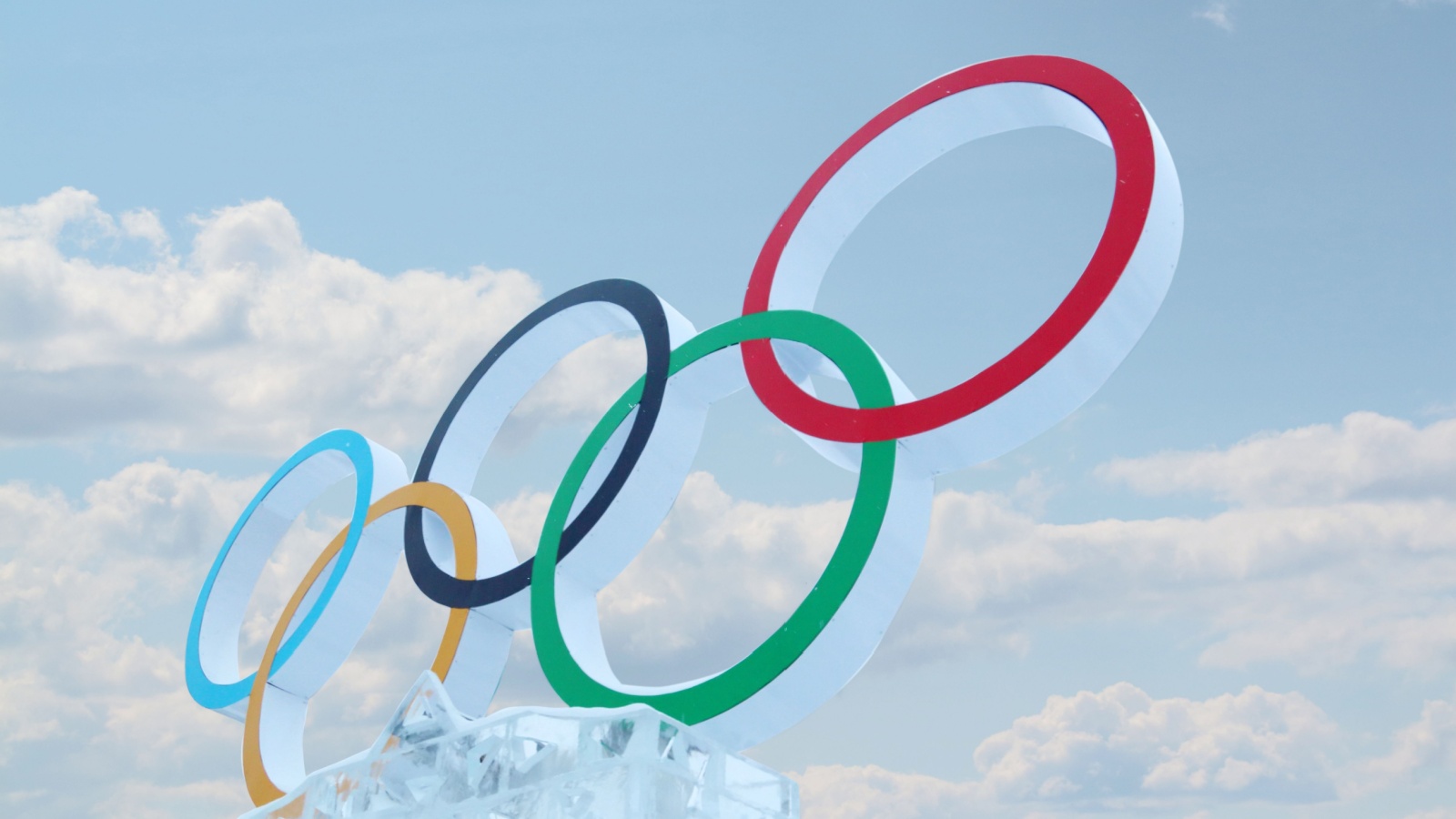
The 2010 Winter Olympics in Vancouver showcased national pride on a global scale. From Sidney Crosby’s golden goal to the flawless organization, it was an event that made the world, and the U.S., watch in admiration. The atmosphere of inclusivity, natural beauty, and fan enthusiasm elevated Canada’s reputation for hosting world-class events. Even American athletes and journalists admitted they’d never seen such warmth and spirit from an entire country. The closing ceremony, filled with humor and humility, left America speechless for its effortless combination of national pride and friendly charm.
Celine Dion’s Global Takeover

When Celine Dion’s powerful vocals took over global charts in the 1990s, the U.S. music industry was caught off guard. Here was a French-Canadian singer dominating arenas, talk shows, and Billboard charts with ease. Her Vegas residency later became one of the most successful in history, drawing millions of American fans. Dion’s humility, discipline, and vocal mastery challenged U.S. entertainment’s obsession with drama. She didn’t just sing; she conquered the American heartland with grace and consistency, leaving even the most seasoned critics admitting that the best pop voice in the world hailed from Quebec.
The Toronto Raptors’ NBA Championship (2019)

When the Toronto Raptors defeated the Golden State Warriors in the 2019 NBA Finals, the sports world erupted. American fans, long accustomed to their own dominance, couldn’t believe a Canadian team had dethroned one of basketball’s greatest dynasties. Millions watched Jurassic Park crowds in Toronto erupt with joy, and the moment transcended sport. The Raptors became a symbol of underdog triumph, global fandom, and sheer passion. Even American commentators admitted the energy and unity across the nation were unmatched. For once, the U.S. looked north and applauded wholeheartedly.
Canada’s Refugee Welcome in 2015
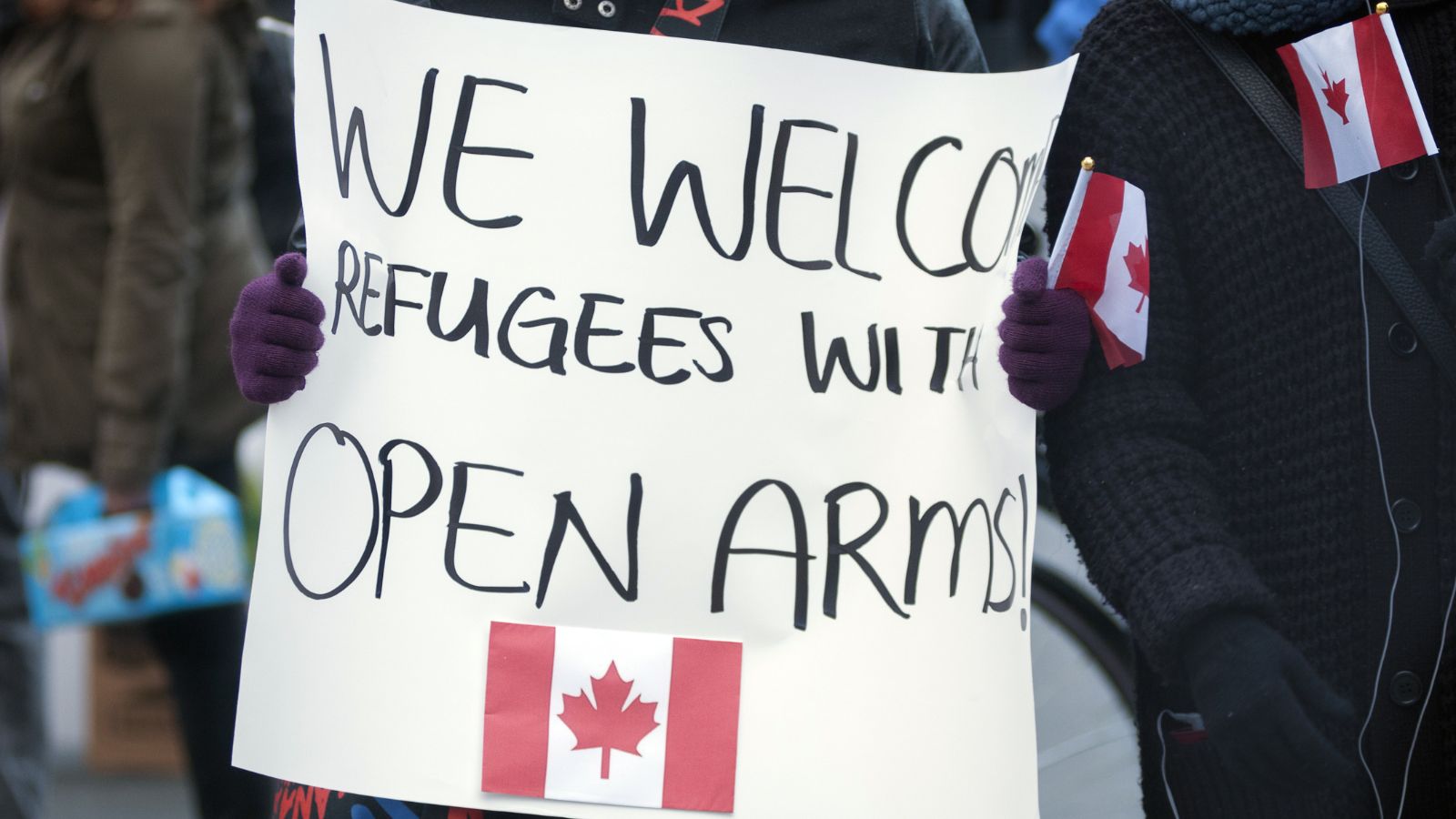
As countries debated over accepting Syrian refugees, Canada opened its doors. Prime Minister Trudeau personally greeted families at airports, and volunteers across the nation provided housing, food, and education. The compassion and organization left the U.S. stunned. While America’s political discourse was polarized, Canadians demonstrated humanity in action. Photos of children receiving warm coats and stuffed animals became viral symbols of empathy. The act wasn’t just policy; it was a moral statement that resonated globally. The U.S. press called it “a masterclass in decency,” a moment where kindness outshone politics.
The Canadarm’s Space Legacy
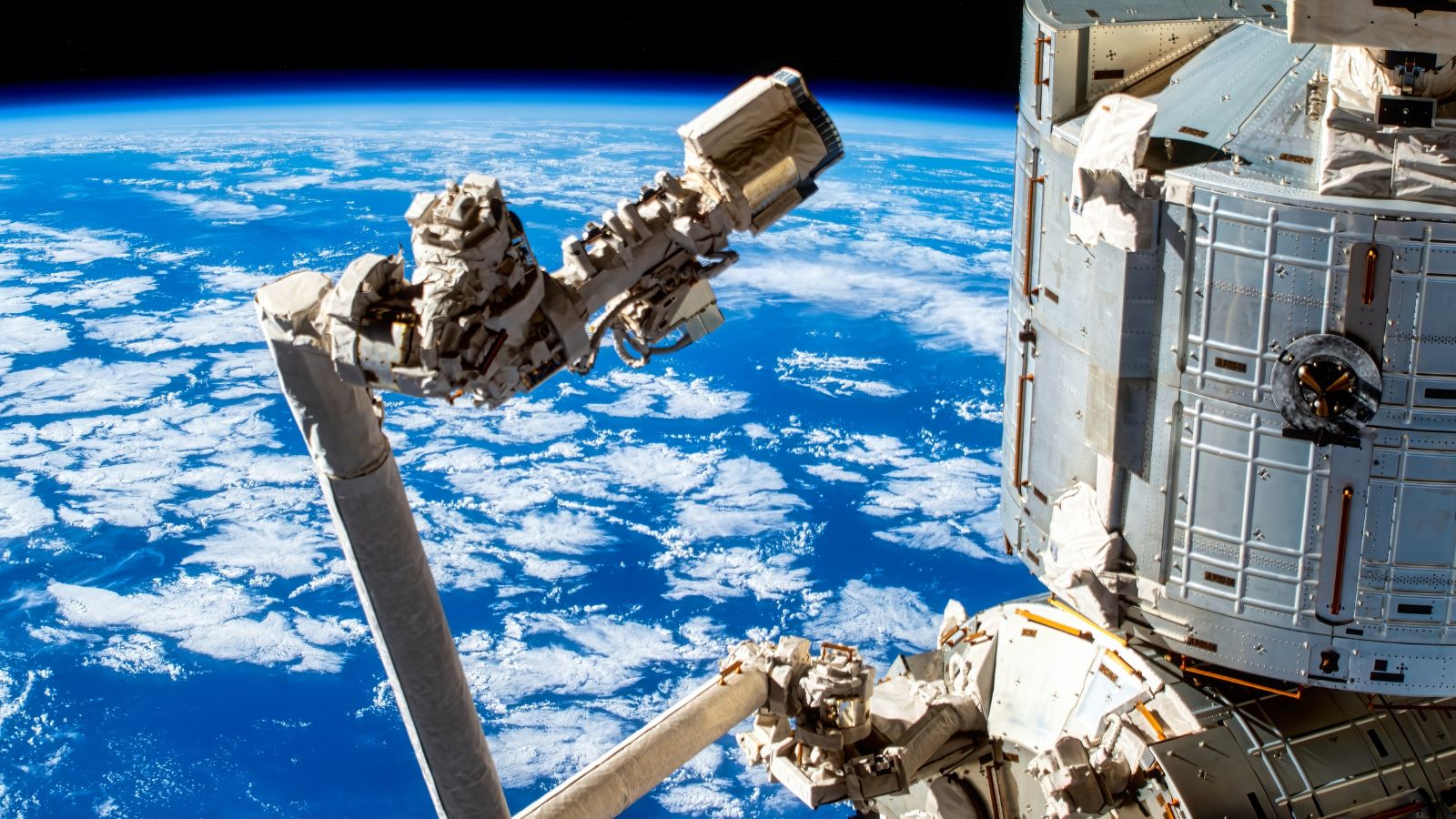
When NASA unveiled the Canadarm in 1981, the engineering brilliance behind it took even American scientists by surprise. This robotic arm, developed by Canadian engineers, became a critical part of space shuttle missions for decades. Its precision, reliability, and innovation defined how astronauts interacted with satellites and cargo. The U.S., known for space innovation, publicly credited Canada’s expertise as indispensable. Seeing the maple leaf logo aboard American space missions was a proud and humbling reminder that global achievements often have Canadian fingerprints. It was quiet excellence that spoke volumes.
The Toronto Blackout Calm of 2003

During the massive 2003 Northeast blackout that affected 50 million people across North America, observers noticed something remarkable: Toronto stayed calm. While parts of the U.S. saw panic and chaos, Canadians lined up politely for water, shared food, and helped strangers. News coverage from both sides of the border highlighted the contrast. American commentators expressed amazement at how civility prevailed under stress. It wasn’t just about power failure; it was a glimpse into national character. That night, Toronto’s calm response became a case study in resilience and collective respect that impressed even seasoned American analysts.
The Avro Arrow Engineering Feat
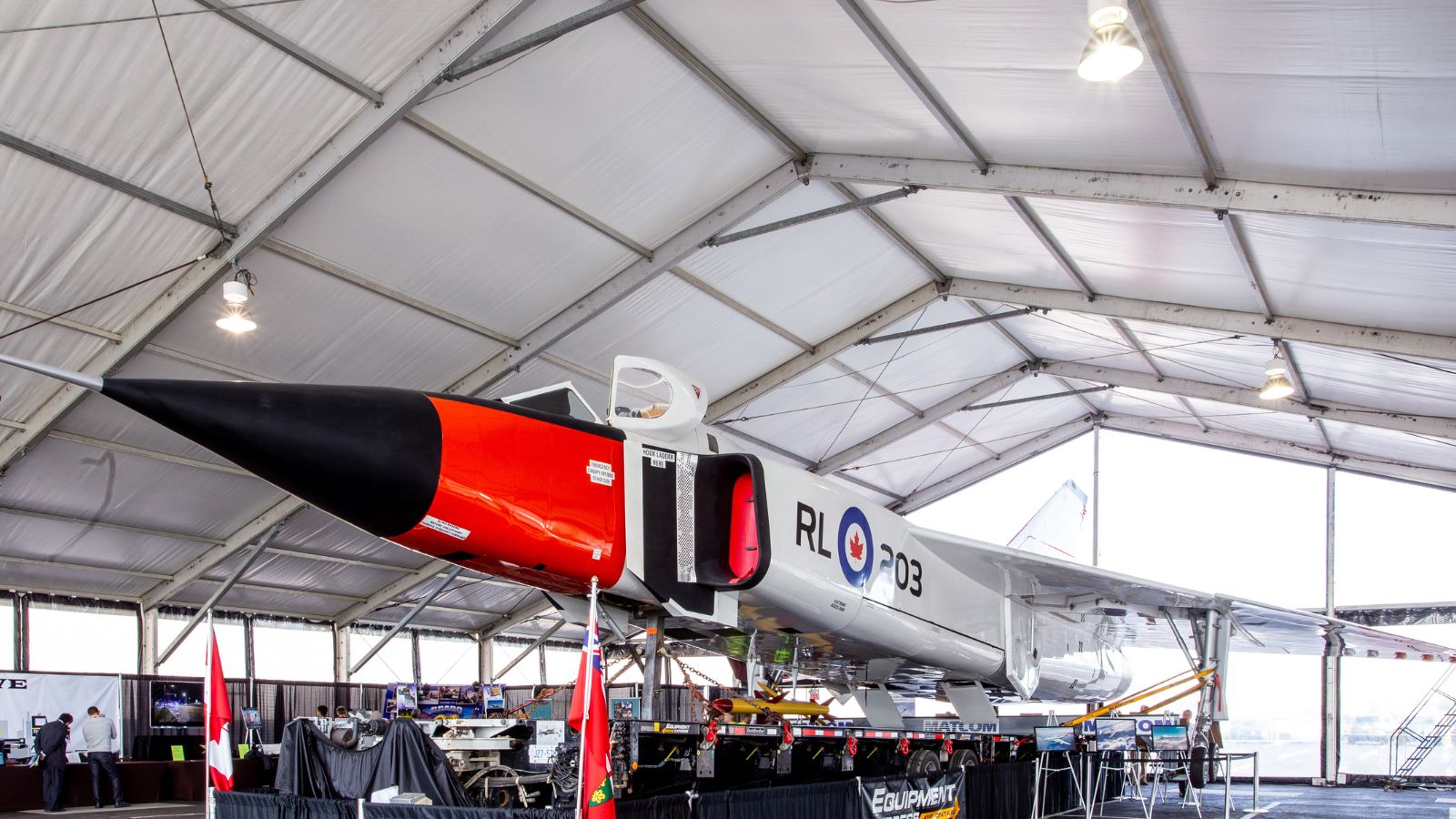
In the 1950s, Canadian engineers developed the Avro Arrow, a supersonic jet decades ahead of its time. With speeds exceeding Mach 2 and cutting-edge avionics, it impressed even U.S. military experts. Many believed it could outpace anything in the American arsenal. When the project was abruptly canceled, U.S. defense insiders were both relieved and stunned at what might have been. The aircraft’s legacy lives on as a symbol of innovation halted too soon. Even today, aerospace historians acknowledge the Arrow as one of the greatest what-ifs in aviation history.
The 2010 G20 Protests Response

When Toronto hosted the 2010 G20 Summit, global attention was on the massive protests. Yet, the city’s ability to manage chaos while maintaining order drew international attention. American media noted how police restraint, civic organization, and citizen cooperation prevented wider unrest. Despite controversies, the overall response stood in stark contrast to similar protests abroad. The efficiency of emergency coordination and post-event recovery impressed observers. While not flawless, it reflected a maturity in governance that made even U.S. officials study Canada’s playbook for balancing democracy and security during high-stakes events.
The Tragically Hip’s Farewell Concert

In 2016, millions of Canadians tuned in for The Tragically Hip’s final concert after lead singer Gord Downie’s terminal cancer diagnosis. What stunned Americans was how the entire country treated it as a national event. The Prime Minister attended, cities hosted public screenings, and streets fell silent. U.S. journalists described it as “a love letter from a nation to its poet.” The raw emotion, unity, and cultural importance shocked those accustomed to fame defined by controversy. It was a deeply human display of collective respect that transcended music.
The Rescue of U.S. Diplomats in Iran (1979)

During the Iranian hostage crisis, six American diplomats escaped capture thanks to Canadian intervention. Ambassador Ken Taylor hid them in his residence, then orchestrated their escape using fake Canadian passports. The U.S. was stunned when the operation was revealed, so much so that President Carter publicly thanked Canada for saving American lives. Dubbed “the Canadian Caper,” it became a symbol of international loyalty and courage. Hollywood later adapted the story into the film Argo, but the real heroes were the Canadians who risked everything quietly and effectively.
The Creation of IMAX Technology

Few realize that IMAX, now synonymous with blockbuster cinema, was invented in Canada in the late 1960s. The technology revolutionized the movie experience with massive screens and unmatched clarity. When it debuted at Expo 70 in Osaka, American filmmakers were floored. Hollywood soon embraced the system for documentaries and later major films. The U.S. industry, proud of its cinematic dominance, suddenly depended on Canadian innovation for its biggest visual spectacles. It was another moment of quiet brilliance, proving that some of Hollywood’s magic had northern origins.
Universal Healthcare Implementation

In 1966, Canada introduced a universal healthcare system ensuring coverage for all citizens. To Americans, it seemed utopian, quality care without massive bills. Over the years, as debates about healthcare reform raged in the U.S., Canada’s system became a benchmark. Americans were often stunned by its simplicity and effectiveness. While not perfect, it proved that compassion and practicality could coexist in policy. Each time U.S. healthcare crises make headlines, many look north, wondering how their neighbors managed to balance humanity and governance decades earlier.
The 2022 Convoy Protests Response
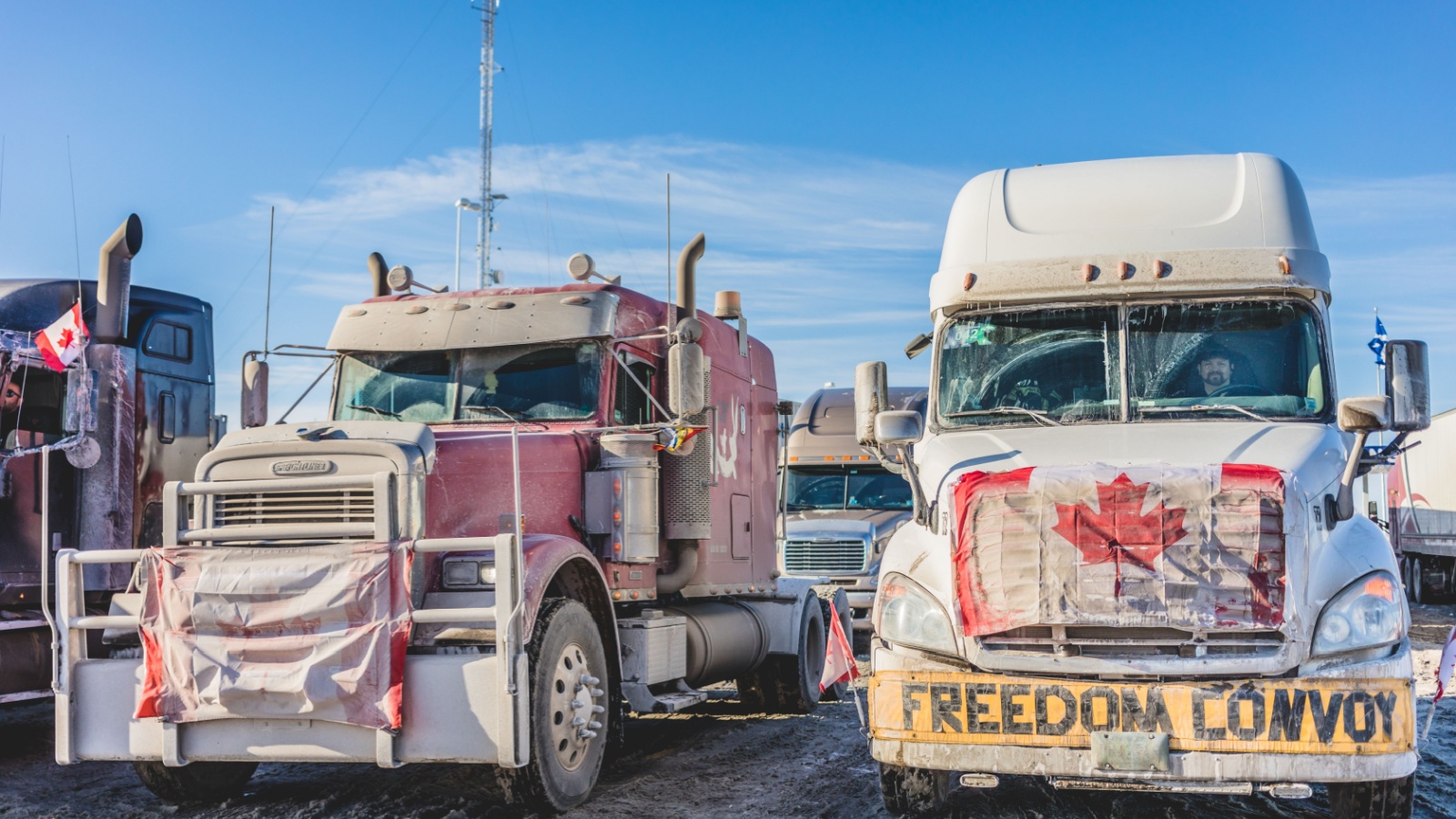
The trucker convoy protests of 2022 caught global attention, including America’s. What shocked many wasn’t the protest itself but how the country handled it, with investigation, debate, and measured resolution rather than chaos. While the U.S. has seen similar movements escalate into violence, Canada’s institutions responded with inquiry and dialogue. The restraint, transparency, and civic responsibility displayed left many observers surprised. It was another example of how even in turmoil, national character and order can coexist, setting a quiet but powerful contrast to political unrest elsewhere.
21 Products Canadians Should Stockpile Before Tariffs Hit

If trade tensions escalate between Canada and the U.S., everyday essentials can suddenly disappear or skyrocket in price. Products like pantry basics and tech must-haves that depend on are deeply tied to cross-border supply chains and are likely to face various kinds of disruptions
21 Products Canadians Should Stockpile Before Tariffs Hit
